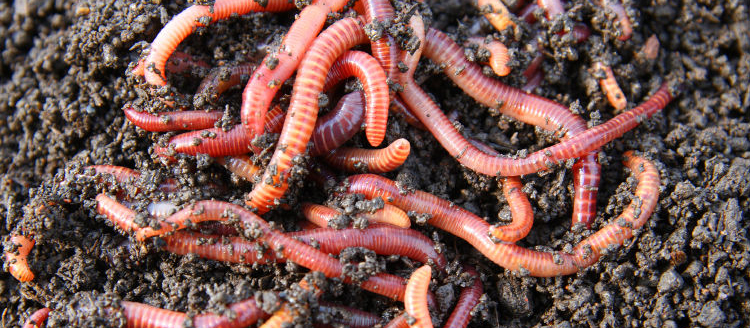Categories > Plant Care and Maintenance
Soil Aeration In Your Garden
Welcome to our comprehensive guide on soil aeration in your garden! As gardeners, we understand the vital role that soil health plays in the success of our plants. Soil aeration is a fundamental practice that directly impacts the well-being of our gardens and the growth of our beloved plants. In this article, we will delve deep into the importance of soil aeration, explore various methods and tools for aerating your soil effectively, provide practical tips for incorporating soil aeration into your gardening routine, and offer insights into why this practice is essential for cultivating healthy, thriving plants. Whether you're a seasoned gardener or just starting your gardening journey, understanding soil aeration is key to nurturing vibrant gardens and achieving bountiful harvests. Join us as we explore the world beneath our feet and discover the secrets to unlocking the full potential of your garden soil!
Soil aeration is a critical aspect of maintaining a healthy garden. Aeration refers to the process of introducing air into the soil, which is essential for plant roots, beneficial organisms, and overall soil health. Adequate aeration ensures that roots have access to oxygen, nutrients, and water, promoting robust plant growth and development. Poorly aerated soil can lead to compaction, which restricts root growth and reduces the movement of water, nutrients, and oxygen within the soil. This can result in stunted plant growth, poor yields, and increased susceptibility to pests and diseases. Additionally, soil aeration encourages the activity of beneficial organisms such as earthworms, which help break down organic matter and improve soil structure. By promoting a healthy soil ecosystem, aeration creates an environment where plants can thrive.Importance of Soil Aeration
Methods of Soil Aeration
There are several methods gardeners can employ to aerate their soil effectively:
- Tilling: Tilling involves turning over the soil to break up compacted layers and incorporate air into the soil profile. While tilling can be effective, it should be done sparingly to avoid disrupting soil structure and beneficial soil organisms.
- Aeration Devices: Mechanical aerators, such as spike aerators and core aerators, create channels in the soil to allow air, water, and nutrients to penetrate deeper into the root zone.
- Cultivation: Cultivating the soil with a garden fork or hoe can help loosen compacted areas and improve soil aeration. This method is particularly useful for small-scale gardens or raised beds.
- Cover Crops: Planting cover crops, such as legumes and grasses, can help improve soil structure and increase aeration by adding organic matter to the soil and preventing compaction.
Tools for Soil Aeration
Having the right tools makes soil aeration more efficient. Here are some essential tools for soil aeration:
- Aeration Shoes: Strap-on spiked shoes that allow you to aerate the soil as you walk around the garden.
- Aeration Fork: A handheld tool with long tines used to manually aerate compacted soil.
- Spike Aerator: A mechanical device with spiked wheels or tines that puncture the soil to improve aeration.
- Core Aerator: A tool that removes small plugs or cores of soil from the ground, allowing air, water, and nutrients to reach the root zone.
- Tiller: A machine equipped with rotating blades or tines used to till the soil and break up compacted layers.
Tips for Effective Soil Aeration
Follow these tips to ensure effective soil aeration in your garden:
- Timing: Aerating the soil when it is moist but not waterlogged makes the process easier and more effective.
- Frequency: Regularly aerate your soil to prevent compaction and maintain optimal soil health.
- Depth: Ensure that aeration reaches a depth of at least 6-8 inches (or 15-20 cm) to promote root growth and improve soil structure.
- Organic Matter: Incorporate compost, mulch, or other organic amendments into the soil to improve its structure and increase aeration.
- Watering: Avoid overwatering to prevent soil compaction and promote aeration. Water deeply and infrequently to encourage deep root growth.
Conclusion
Soil aeration is a fundamental practice for maintaining healthy garden soil and promoting optimal plant growth. By understanding the importance of soil aeration, utilizing appropriate methods and tools, and following practical tips, gardeners can create an environment where plants thrive.
Whether you're growing vegetables, flowers, or ornamental plants, healthy soil is the foundation of a successful garden. By incorporating soil aeration into your gardening routine, you can ensure that your plants have access to the oxygen, nutrients, and water they need to flourish.
Remember, aeration is not a one-time task but an ongoing process that requires attention and care. By investing time and effort into improving soil health, you'll be rewarded with a beautiful and productive garden for years to come.
Newsletter


